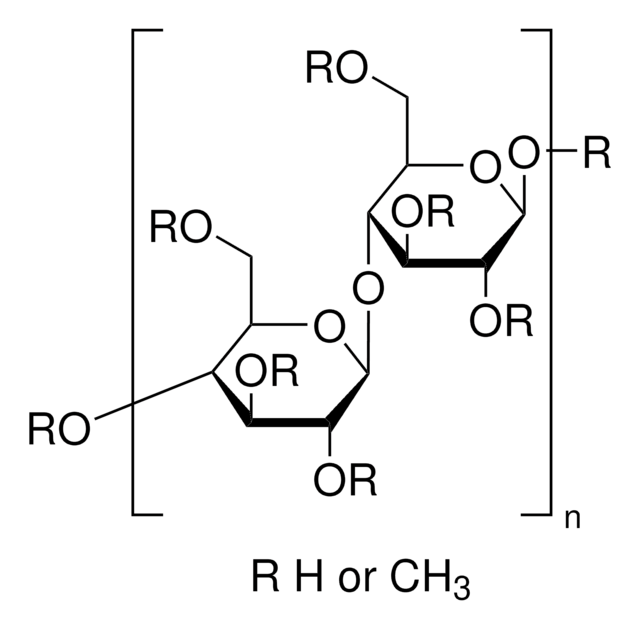5123
CD276 human
recombinant, expressed in E. coli, 0.5 mg protein/mL
About This Item
Recommended Products
biological source
human
recombinant
expressed in E. coli
description
0.1 mg recombinant human CD276 in 20 mM Tris-HCl buffer, containing NaCl, KCl, EDTA, L-arginine, DTT and glycerol.
sterility
Filtered sterilized solution
Assay
≥90% (SDS-PAGE)
form
liquid
packaging
pkg of 100 μg
concentration
0.5 mg protein/mL
technique(s)
cell culture | mammalian: suitable
accession no.
NP_001019907
shipped in
dry ice
storage temp.
−20°C
Gene Information
human ... CD276(80381)
Application
Use this procedure as a guideline to determine optimal coating conditions for the culture system of choice.
1. Thaw CD276 and dilute to desired concentration using serum-free medium or PBS. The final solution should be sufficiently dilute so the volume added covers the surface evenly (1-10 μg/well, 6 well plate).
Note: Use 1 ml PBS per well in a 6-well plate.
2. Add 1 - 10 μg protein to each well and incubate at 2 to 10 °C overnight.
3. After incubation, aspirate remaining material.
4. Plates are ready for use. They may also be stored at 2-8 °C damp or air dried if sterility is maintained.
Sequence
Preparation Note
Storage Class Code
10 - Combustible liquids
WGK
WGK 2
Flash Point(F)
Not applicable
Flash Point(C)
Not applicable
Certificates of Analysis (COA)
Search for Certificates of Analysis (COA) by entering the products Lot/Batch Number. Lot and Batch Numbers can be found on a product’s label following the words ‘Lot’ or ‘Batch’.
Already Own This Product?
Find documentation for the products that you have recently purchased in the Document Library.
Our team of scientists has experience in all areas of research including Life Science, Material Science, Chemical Synthesis, Chromatography, Analytical and many others.
Contact Technical Service







